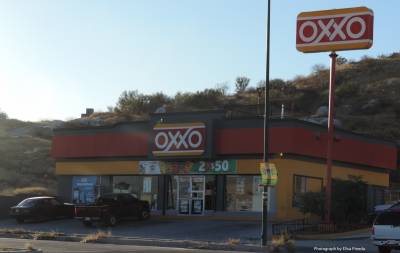Authors
Elisa Pineda, Jenny Mindell, Jemima Stockton, Nicola Shelton, Eric Brunner
(Epidemiology and Public Health Department, University College London)
Background
Mexico has one of the highest obesity rates in the world: 70% of the population is overweight or obese. Furthermore, the country has gone through a dietary and food retail transition involving a switch from a healthy diet to a high-calorie-dense diet. The aim of this study is to explore the associations between the density of different food outlets and obesity in Mexican adults.
Method
The National Institute of Statistics and Geography in Mexico provided geographical and food outlet data; health data were anthropometric measurements and socio-economic characteristics of adult participants from the 2012 Mexican National Health and Nutrition Survey. Densities of supermarkets, restaurants, chain and non-chain convenience stores, and fruit and vegetable stores were calculated per 1,000 people per census tract area, using ArcGIS. Regression models explored the association of waist-hip ratio (WHR) and the density of each food outlet type (both binary categories and tertiles) using complex survey design in STATA14, adjusted for sex, age, physical activity, socioeconomic status, education and deprivation.
Results
Using binary categories, supermarkets were significantly, negatively associated with WHR (-0.02, 95% CI: -0.03 to -0.01, P < 0.00); convenience stores were significantly, positively associated with WHR (0.02, 95% CI: 0.004 to 0.03, P =0.01). When considering tertiles, no associations were found within food outlets and obesity.
Conclusion
Supermarkets which tend to offer a greater availability of healthy food could be associated with lower indices of obesity whilst a high density of convenience stores, where calorie-dense food and drinks are widely available, could be contributing to obesity in Mexico.

 Close
Close

